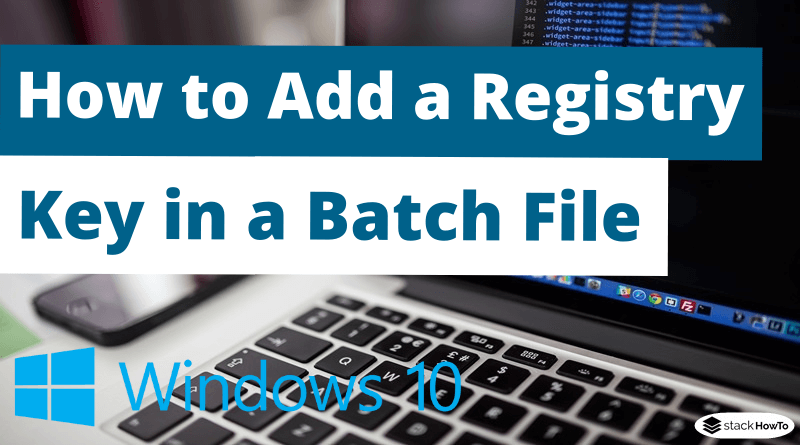Hi,Did you change the paths to match YOUR paths. You need to look at YOUR registry to see what the number is for the version of Office AND, to run this file, you need to create a text file with the file type of .rga and run that.
Yes I changed the paths and change the version
I am in the dark here, trying to make sense of this, I have never worked with batch files before and not sure on the commands to use
I entered the commands as you have advised
I dont know the difference between regedit and batch commands and only going on what is advised
The samples you have provided has been entered into the batch file but I het the non recognized path
@ECHO OFF
::if not exist "%USERPROFILE%\AppData\Local\Temp\Eng_DAW_Sheet\EngDAWSHEETTEMP"
md %USERPROFILE%\AppData\Local\Temp\Eng_DAW_Sheet\EngDAWSHEETTEMP
del %USERPROFILE%\AppData\Local\Temp\Eng_DAW_Sheet\EngDAWSHEETTEMP\DawSheet.accdb
copy "\\sjo2054\CAMO\DAW Sheet\Engineers\Daw Sheet.accdb" %USERPROFILE%\AppData\Local\Temp\Eng_DAW_Sheet\EngDAWSHEETTEMP\DawSheet.accdb
:else(
::if exist "%USERPROFILE%\AppData\Local\Temp\Eng_DAW_Sheet\EngDAWSHEETTEMP"
::del %USERPROFILE%\AppData\Local\Temp\Eng_DAW_Sheet\EngDAWSHEETTEMP\DawSheet.accdb
::copy "\\sjo2054\CAMO\DAW Sheet\Engineers\Daw Sheet.accdb" %USERPROFILE%\AppData\Local\Temp\Eng_DAW_Sheet\EngDAWSHEETTEMP\DawSheet.accdb
:
set TrustedKey=[HKEY_CURRENT_USER\Software\Microsoft\Office\16.0\Access\Security\Trusted Locations]
set TrustedKey=[HKEY_CURRENT_USER\Software\Microsoft\Office\16.0\Access\Security\Trusted Locations\Eng_DAW_Sheet]
set TrustedKey=[HKEY_CURRENT_USER\Software\Microsoft\Office\16.0\Access\Security\Trusted Locations\EngDAWSHEETTEMP]
set TrustedKey=[HKEY_CURRENT_USER\Software\Microsoft\Office\16.0\Access\Security\Trusted Locations\DawSheet]
set dbpath="C:\\%USERPROFILE%\AppData\Local\Temp\Eng_DAW_Sheet\Eng_DAW_Sheet"
set dbpath="C:\\%USERPROFILE%\AppData\Local\Temp\Eng_DAW_Sheet\EngDAWSHEETTEMP"
set dbpath="C:\\%USERPROFILE%\AppData\Local\Temp\Eng_DAW_Sheet\DawSheet"
set AllowSubfolders=dword:00000001
set Description="DAW Sheet"
set Date="5/30/2011 3:06 AM"
start %USERPROFILE%\AppData\Local\Temp\Eng_DAW_Sheet\EngDAWSHEETTEMP\DawSheet.accdb
Last edited:

